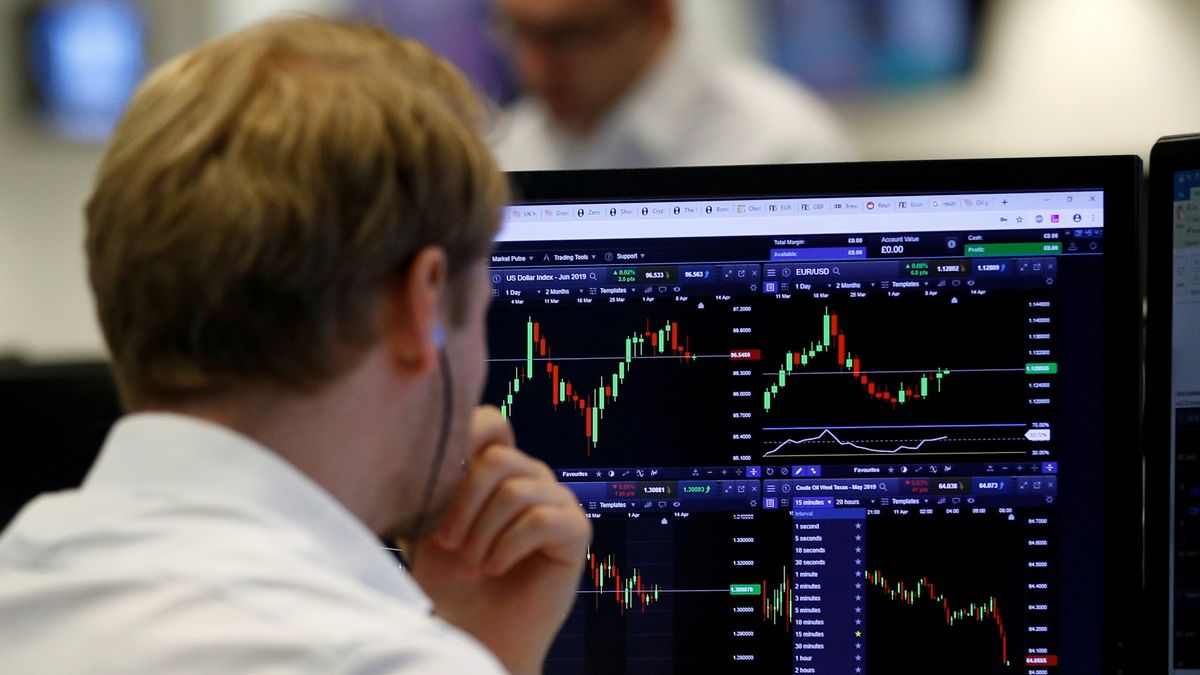In that sense, the consulting firm Balances adjusted the numbers and was encouraged to anticipate the main variables of the economy in a default scenario.
If Argentina reaches an agreement, Equilibra projected:
- 1% GDP growth (which in fact implies a fall throughout the year, given the high positive statistical drag of around 2% left by 2021). This figure is far from that projected by the Ministry of the Economy of around 4% and the World Bank around 2.6%).
- 58% interannual inflation as of December 2022. Even with the signature, Equilibra assures that: “it would not generate a radical turnaround in expectations and in the confidence of the private sector, but it would help to control uncertainty and avoid disruptive behavior, especially in exchange markets.”
On the side of wages, they argue that “they would climb just below inflation, domestic demand would remain at levels similar to those at the end of 2021. Despite modest results, it would allow to begin to correct macroeconomic imbalances, avoiding the curse recessive of the last five even years “.
The worst case scenario
In the same report, the consulting firm lists the main obstacles that would lead to a non-agreement: among them are the Fund’s low predisposition to accept a lax macroeconomic program, a government coalition that understands that the program cannot stop the economic reactivation, the difficulty in persuading the directors of the member countries of the board of directors to obtain the necessary votes and, thus, promote the agreement; and, finally, a possible difficulty of not reaching the agreements in Congress.
All this, “in a political context in which a portion of the ruling coalition is reluctant to reach an agreement that involves costs, an opposition that asserts its relative power and is unwilling to support the program without seeing from the main figures from the ruling party have solid support for the agreement and, perhaps more importantly, a very fragmented political map, without clear leaderships to organize and coordinate the legislative process, as was seen with the treatment of the budget and personal property bill. “
In this sense, the numbers estimated by Equilibra are:
If the negotiations were extended to the second half of 2022, “for seasonal reasons, the calmest period of the year for the exchange market since a greater flow of liquidation of agro-currencies is perceived as a result of the departure of the heavy harvest. This context it would allow trading to continue without the delay necessarily leading to an exchange rate jump. ” However, at the end of July we would have another exchange rate jump.
If this happens, the outlook is worrying: “Failure to comply with the Fund would imply the closure of access to financing to most international financial organizations (such as the IDB and the World Bank), even compromising future disbursements already agreed (IDB and CAF) Furthermore, the Paris Club would trigger punitive interest rates and the private sector would lose export letters of credit, preferential access to international markets and Foreign Direct Investment (FDI) “
“Ultimately, the flow of available dollars would be significantly lower than our Base scenario. As a result of a greater exchange gap, difficulties for private companies to pre-finance them and loss of access and / or privileges to international markets, foreign sales would suffer, increasing pressures exchange rates in a context of little firepower from the BCRA and outflow of foreign currency by capital / financial account. These lead to a jump in the official dollar after the liquidation of the heavy harvest (third quarter 2022), which ends up decompressing the external restriction by means of of a depreciation of the real exchange rate and strong recession “.
- GDP would fall on average 2% compared to 2021 but the fall would be 8% in the year.
- Dollar: In the alternative scenario, the crisis for not agreeing would lead to a jump in the official dollar of around 35% towards the end of the third quarter. Throughout 2022, the official exchange rate would double, closing above $ 200.
- Inflation: it would accelerate during the spring taking it to 8% per month “reversing the real recomposition of public service rates at the beginning of the year and sinking the purchasing power of wages.” Inflation and utility rates would climb 85% while wages would only increase 75%.
“In fiscal terms, despite some initial effort, the primary deficit of the National Public Sector would end in 2022 in the order of 3.0% of GDP, levels similar to those of 2021. Tax revenues would be reduced by 0.6 points of GDP (Vs. 0.4 points in our Base scenario), while primary spending would fall only 0.7 points of GDP (vs. 1.5 points in Base) “.
“The sharp acceleration in inflation (from 50% in 2021 to 85% in December 2022) will help to liquefy the portion of spending that is indexed to past inflation. For example, retirements would be reduced by 0.3 points of GDP and social spending would fall by the same magnitude due to the elimination of extraordinary expenditures related to Covid-19, but family allowances would remain practically stable as a GDP ratio, since we foresee greater social assistance to alleviate the negative consequences of the recession. “
Finally, Equilibra highlighted that “considering only the financial needs in pesos, the Treasury faces a primary red of $ 2.2 trillion (3.0% of GDP) and debt services (principal and interest) for 6.5 points of GDP. In a scenario of great mistrust and negative real rates for most of the year, the local debt market would provide net financing for just $ 375,000 million, so the Central Bank would then have to cover a gap of $ 1.8 trillion (2.45% of the GDP).
Source From: Ambito
David William is a talented author who has made a name for himself in the world of writing. He is a professional author who writes on a wide range of topics, from general interest to opinion news. David is currently working as a writer at 24 hours worlds where he brings his unique perspective and in-depth research to his articles, making them both informative and engaging.




